All Activity
- Past hour
-
Records: Highs: EWR: 102 (1944) NYC: 101 (1944) LGA: 100 (1955) JFK: 96 (2010) Lows: EWR: 57 (1951) NYC: 56 (1951) LGA: 57 (1972) JFK: 60 (1959) Historical: 1843 - A spectacular cloudburst near Philadelphia turned the small creeks and streams entering the Delaware River into raging torrents. As much as sixteen inches of rain fell in just three hours. Flooding destroyed thirty-two county bridges, and caused nineteen deaths. It is believed that several small tornadoes accompanied the torrential rains, one of which upset and sank more than thirty barges on the Schuylkill River. (David Ludlum) 1875: Several tornadoes moved across northern and central Illinois. One of the stronger tornadoes touched down in Warren and Knox County where it destroyed 25 homes and killed two people. Another in a series of tornadoes touched down near Knoxville and moved east into northern Peoria County. This estimated F4 tornado injured 40 people and was described by eyewitnesses as looking like a "monstrous haystack." 1904: Detroit Lakes woman is hit by lightning. It melted her hairpins and steel in corset but does not kill her.(Ref. AccWeather Weather History) 1915: Fort Wayne, IN set their coldest August high temperature with 60°. (Ref. Wilson Wx. History) 1961 - The temperature at Ice Harbor Dam, WA, soared to 118 degrees to equal the state record established at Wahluke on the 24th of July in 1928. The afternoon high of 111 degrees at Havre, MT, was an all-time record for that location. (The Weather Channel) 1961: McAllen, Texas: McAllen sets a new record high on Wednesday when the temperature soars to 105 °F. McAllen has now set a new record high on all but one day so far this month. (Ref. WxDoctor) 1974: Fort Walton Beach, Fla.--Lightning struck an aluminum ladder at a construction project. The man on the ladder was killed, three nearby workmen were injured. (Ref. Lightning-The Underrated Killer.pdf) 1980: Hurricane Allen was one of the most intense hurricanes ever observed in the Atlantic. On this date, the hurricane reached Category 5 status for the first of three times during its long path across the Atlantic as reconnaissance aircraft measured a 911 millibars (26.90 inches of mercury) pressure in the eastern Caribbean while south of Puerto Rico. Later this day, Allen moved across Haiti, ruining much of the country's coffee crop and killing 220 people.Casper, WY established new record low of 39°; breaking the previous record by 9 degrees. (Ref. AccWeather Weather History) 1983: Very heavy thunderstorms hit the southern portion of metro Denver, CO. 2.89 inches of rain fell in just 38 minutes causing widespread street flooding in southeast Denver. Two feet of water covered a section of Interstate 25. Hail up to golf ball size accompanied the storm in Littleton and Englewood along with 60 mph winds. (Ref. AccWeather Weather History) 1987 - Severe thunderstorms raked eastern South Dakota. The thunderstorms spawned half a dozen tornadoes, produced softball size hail at Bowdle, and produced wind gusts to 90 mph south of Watertown. Hot weather continued in eastern Texas. Afternoon highs of 100 degrees at Houston and 106 degrees at Waco equalled records for the date. (The National Weather Summary) (Storm Data) 1988 - Thunderstorms produced severe weather from Indiana and Lower Michigan to Pennsylvania and New York State during the day. Thunderstorms in Michigan produced wind gusts to 80 mph at Ashley, Hastings and Lennon. (The National Weather Summary) (Storm Data) 1989 - Thunderstorms produced severe weather in Oklahoma, and from Iowa to the Upper Ohio Valley, with 216 reports of large hail or damaging winds between early Saturday morning and early Sunday morning. Thunderstorms moving across Iowa around sunrise produced extremely high winds which caused ten million dollars damage to crops in Carroll and Greene Counties. Thunderstorm winds at Jefferson IA reached 102 mph. Afternoon thunderstorms produced tennis ball size hail at Bay Mills, WI. (Storm Data) (The National Weather Summary) 1995: Near Deerfield, KS, hail piled in huge drifts and stripped corn in a two mile wide swath. Hail drifts were still evident 24 hours later. Rain of over six inches in a short time caused flash flooding in the Deerfield area. Highway 50 was covered by three feet of water and was closed for several hours and limited to one way traffic for 24 hours. Sand was deposited on many streets bringing out heavy equipment to clear the debris. (Ref. Wilson Wx. History) 1999: Governors of four Mid-Atlantic States imposed mandatory water restrictions as the worst drought in the history of the region continued. The period April through July ranked as the second driest ever for the Northeast, second only to 1965. (Ref. Wilson Wx. History) 2000: A wet microburst with winds estimated at 120 mph caused heavy damage in and around Mitchell, SD. Apartments and several mobile homes were destroyed, vehicles were overturned, and other damage occurred to buildings and vehicles. Widespread tree and power line damage also occurred. 10 people were injured, although the majority of the injuries were minor. The damage path was approximately a mile and a half long and a mile wide, extending over the southwest part of Mitchell. (Ref. Wilson Wx. History) 2002: Tropical Storm Bertha became the first tropical system of the 2002 Atlantic hurricane to make a U.S. landfall. Bertha dumped 7.15 inches of rain on Pascagoula, MS in 24 hours. (Ref. Wilson Wx. History) 2020: Tropical Storm Isaias hit the eastern third of Virginia hardest on Tuesday morning during its brief but destructive journey up the Eastern Seaboard. Several hours of torrential rain flooded dozens of roads, while winds gusting past 45 mph downed trees and put hundreds of thousands of homes and businesses in the dark. The storm left scattered road closures and power outages in metro Richmond and more widespread disruption across the Tidewater region, where winds approached 70 mph. No serious damage was reported in the western half of the state. (Ref. The Richmond Times Dispatch)
-
Only .73 here.
-
Yeah, very similar. It goes to the comments I made earlier. There is a disconnect between the higher latitude teleconnections and the mid-latitude pattern. So we still get the subtropical ridge from the Pacific across the U.S. and Atlantic even with the -EPO +PNA.
-
I wouldn't say it’s the same...more like similar.
-
The Euro has the same winter pattern at 500mb as we are getting this summer. It’s a -EPO +PNA and Southeast Ridge pattern. Pattern persistence or the model is in repeater mode? Stay tuned….
-
-
Even though the air quality alert was taken off the forecast here in Delaware I can smell forrest fire smoke.
-
Already said it, but I agree with you on -PNA this winter….2nd year -ENSO….very strong tendency. As far as the NAO being “super” positive, I doubt it, but I could definitely see a predominant +NAO this winter, especially if this SST alignment continues through fall, other factors (solar, geomag, lack of a tripole in June) we already talked about argue for that too
-
And DEC-FEB is +.5-1C. Very workable with normal precip it is also predicting. Monthly forecast indicates January very close to normal with February, like most Niñas, the most AN.
-
71 / 67 - cloudy. Clouds will limit any shot at 90 still warm / humid mid - upper 80s, enough sun could get the hotter spots to 90. Cooler Wed, cloudy and isolated showers in the PM/ overnight. Clear out Thu and a great stretch Thu - Sunday - mainly clear, dry and near to slightly below normal. Flow comes around later on the 8/10-11 with a warm - hot / humid and wetter overall. Heat more widespread Tue - Thu next week. Flow still a bit onshore-ish. Tropics activity but overall ridging into the EC, - warm - hot at times , more humid and wetter with frontal boundaries and tropical systems to be watched. 8/5 - 8/10 : Overall near normal - dry 8/11 - Beyond : Warm- Hot - Humid - wetter overall - Tropical activity - heat 8/11 - 8/14 -tropics focus 8/15 onward. (Ctrl + Refresh) to update live satellite loop
-

2025-2026 ENSO
donsutherland1 replied to 40/70 Benchmark's topic in Weather Forecasting and Discussion
The newly released ECMWF Seasonal Forecast for Fall shows somewhat warmer than normal conditions in the Central U.S. The CANSIPS with its cold outlook there is an outlier. -
Updated Euro seasonal for August just out off free site. https://charts.ecmwf.int/?facets={"Product type"%3A["Experimental%3A AIFS"]%2C"Parameters"%3A[]%2C"Type"%3A[]%2C"Range"%3A["Seasonal"]}
-
August Euro seasonal just out off free site fwiw. https://charts.ecmwf.int/?facets={"Product type"%3A["Experimental%3A AIFS"]%2C"Parameters"%3A[]%2C"Type"%3A[]%2C"Range"%3A["Seasonal"]}
-
All pools in Philly metro are closed now. Hate to see it.
-
Well, the rain called/forecasted for late this evening thru tomorrow decided to arrive overnight.... currently 59.6/59.0.
-
I think the Pacific will continue to be much more important than what the NAO does. The last time we saw a few KU events was back in January 2022 with a solid +NAO pattern. The key was the strong MJO 8 which allowed the Pacific Jet to relax for a month. That was the last time many of us had a cold and snowy month. So we would want to see improvement from the Pacific Jet.
-
Poor Moregarbage.
-
With no real heatwave in sight, I'll call these the "happy" dog days of summer. Surely dont expect the respite from swamp ass humidity to last forever, but the back n forth for the next month would be fine by me, as the dog days are gone and the first chances of crisp autumn air showing up will be getting closer. Thats a win for me.
-
So much summer heat and dews are coming. The general public has no idea of what’s about to hit them
-
Wish we could lock it
-
Rip some spinners across SNE too.
-
Man euro is like 70+ dews perhaps starting Sunday, but definitely Monday through the end of the run.
-
Just saw that. 60kts off the deck with daytime heating.
-
There’s no doubt.
-
6z GFS Would blow down some trees

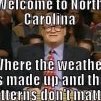

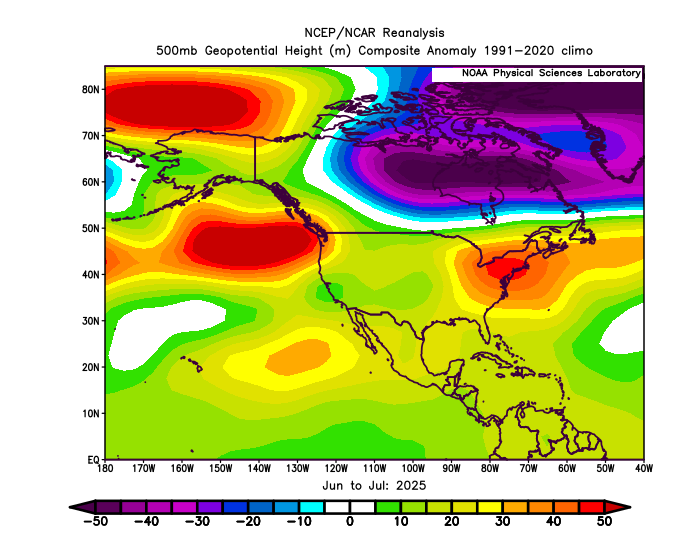
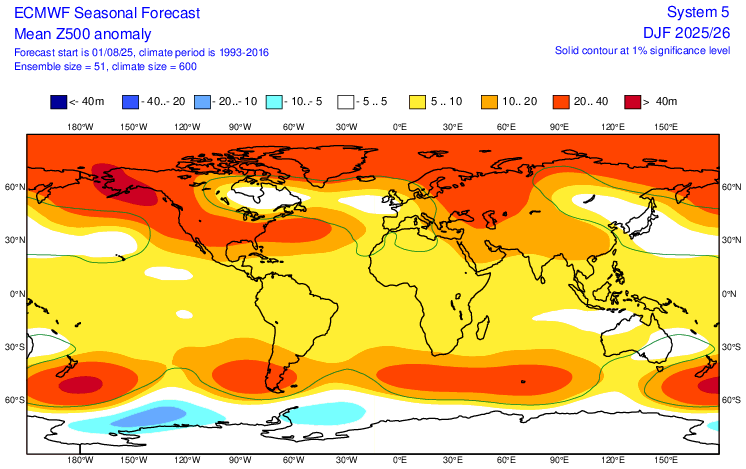
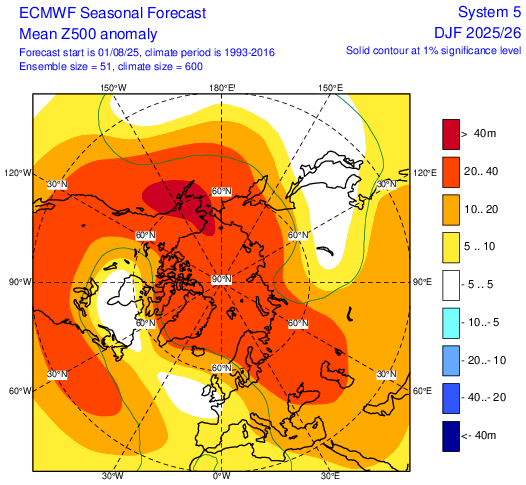
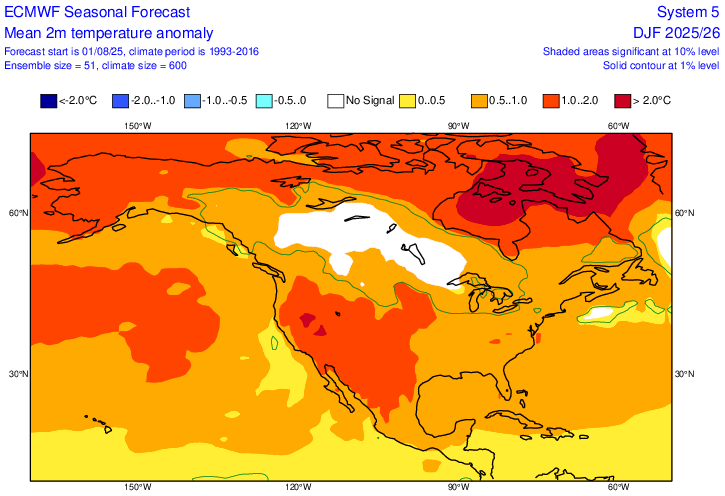

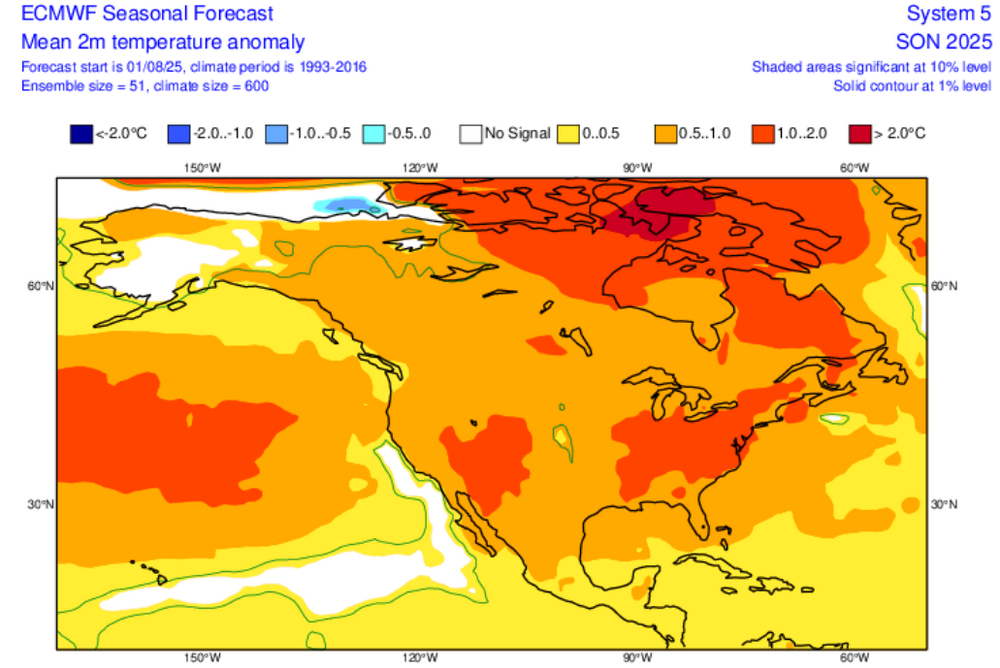









.thumb.png.4150b06c63a21f61052e47a612bf1818.png)
